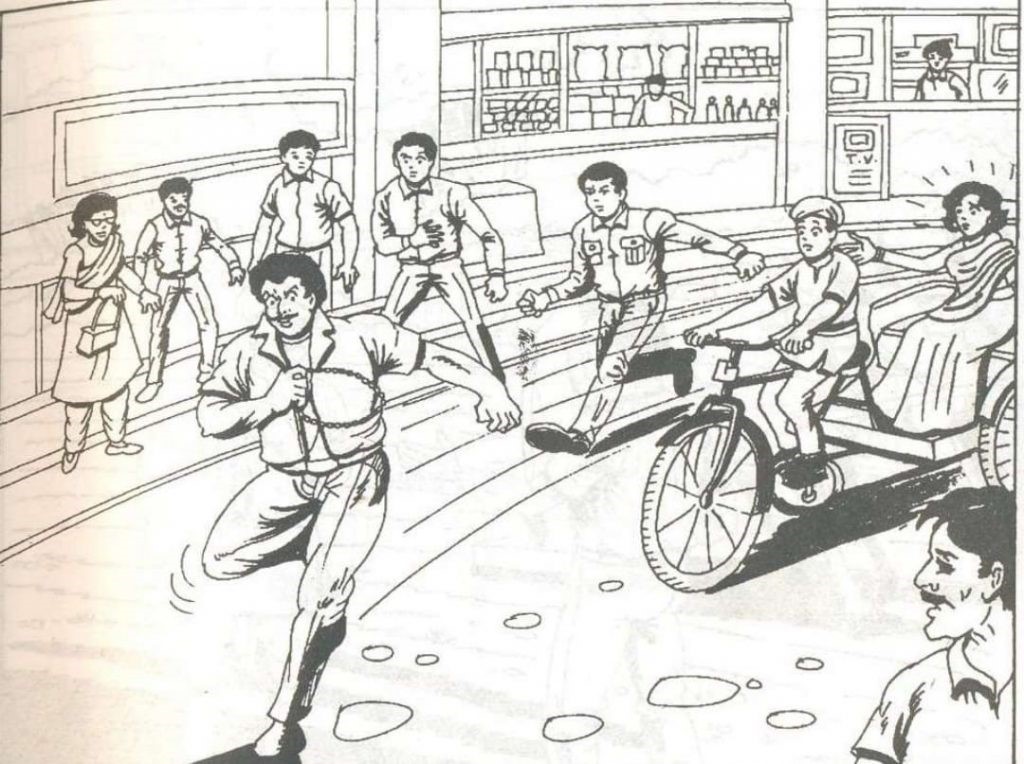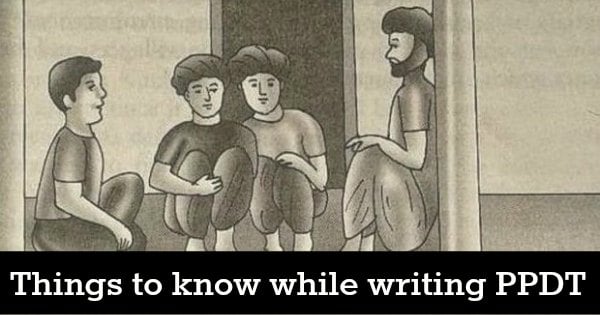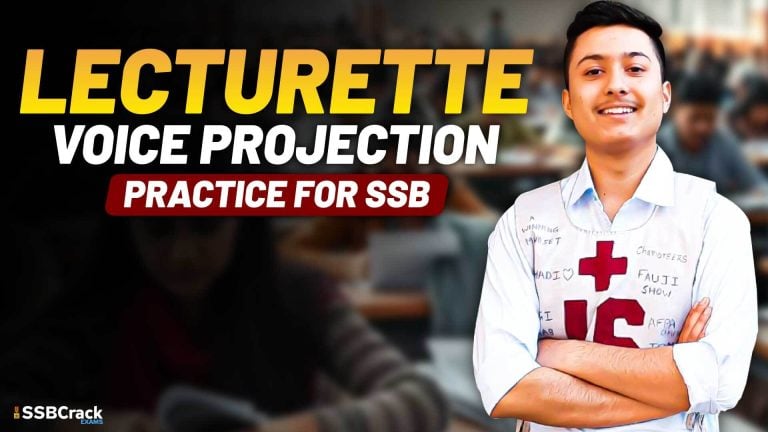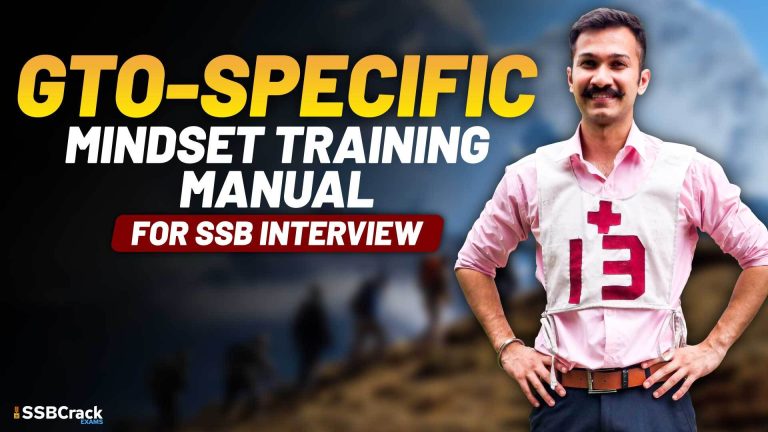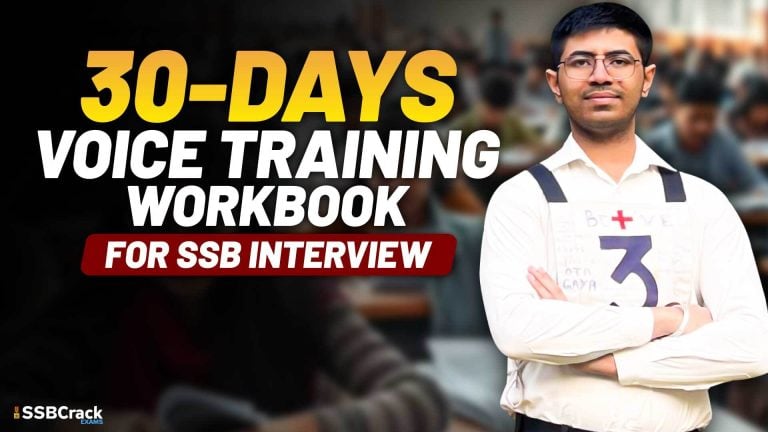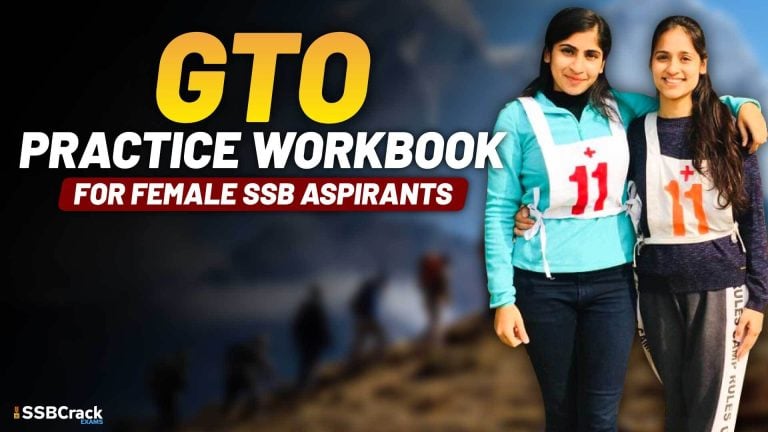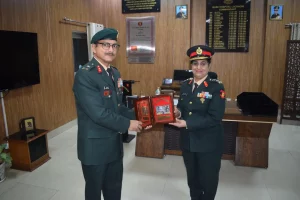The Pictured Perception and Discussion Test (PPDT) is a crucial component of the SSB (Services Selection Board) screening process for aspiring defense personnel. This test evaluates candidates’ ability to perceive, interpret, and narrate a story based on a given picture. Effective story narration is not just about showcasing your writing skills; it’s a window into your personality, problem-solving abilities, and overall suitability for the defense forces.
In this comprehensive guide, we will delve into 6 Easy Techniques To Enhance Your Story Narration that can help you excel in the PPDT. Whether you’re a seasoned SSB aspirant or just starting your journey, these strategies will empower you to present your unique perspective and leave a lasting impression on the evaluation board.
Also Read | 11 Tips To Speak Fluently And Confidently In PPDT Narration
1. Mentally Rehearse Your Story
Before the PPDT, take the time to mentally rehearse your story. Jot down the key points, the role of the characters, the overall mood, and the age range of the individuals depicted in the picture. By having a clear mental framework, you’ll be able to narrate your story with confidence and coherence, ensuring that your perspective is well-organized and easily communicated to the evaluation panel.
Visualize the Scene
As you mentally rehearse, try to visualize the scene in the picture. Imagine the details, the interactions between the characters, and the underlying emotions. This visualization exercise will help you gain a deeper understanding of the narrative, allowing you to convey it more vividly during the discussion.
Practice Storytelling
In addition to mental rehearsal, consider practicing your story narration out loud. This will help you identify any areas that need refinement, improve your pacing, and build your confidence in articulating your perspective effectively.
2. Maintain Clarity and Specificity
When narrating your story in the PPDT, it’s crucial to be clear and specific. In a group setting with multiple candidates, each sharing their unique interpretations, it’s essential to communicate your ideas concisely and effectively.
Avoid Vagueness
Steer clear of vague or ambiguous language. Instead, use precise details and descriptors to paint a vivid picture for the evaluation panel. This will help your story stand out and demonstrate your ability to convey your observations and insights clearly.
Prioritize Logical Flow
Ensure that your story follows a logical progression, with a clear beginning, middle, and end. This structured approach will make it easier for the panel to follow your narrative and understand the underlying themes or messages you’re trying to convey.
3. Critically Analyze the Picture
The PPDT presents you with a picture for just one minute, requiring you to quickly observe and analyze the details. Approach this task with a critical eye, going beyond the obvious elements to uncover the nuances that may not be immediately apparent.
Look for Subtle Details
While many candidates may focus on the central figures or the most prominent aspects of the picture, make an effort to identify smaller, less obvious details. These overlooked elements can add depth and uniqueness to your story, showcasing your perceptiveness and analytical skills.
Connect the Dots
As you observe the picture, try to make logical connections between the various elements. Consider how the characters, their body language, the setting, and any other visual cues might be interrelated. This holistic approach will help you craft a more compelling and well-rounded narrative.
Also Read | How to Self-Assess Your Own PPDT Story for SSB Interview Screening Test
4. Listen Actively and Incorporate Others’ Perspectives
The PPDT discussion phase is a collaborative exercise, where candidates share their individual interpretations of the picture. Approach this stage with an open mind and a willingness to listen to your peers.
Actively Engage in the Discussion
Participate actively in the discussion, but also make an effort to listen attentively to your fellow candidates. Their perspectives may offer insights you hadn’t considered, which you can then incorporate into your own story to create a more comprehensive and well-rounded narrative.
Seek Common Ground
As the discussion progresses, try to identify common themes or elements that emerge from the various stories. Look for opportunities to build upon these shared observations and work towards a collective understanding of the picture’s narrative.
5. Exude Confidence and Conviction
When narrating your story, it’s important to convey a sense of confidence and conviction. This will not only make your perspective more compelling but also demonstrate your ability to communicate effectively under pressure.
Speak with Clarity and Poise
Maintain a clear, steady tone of voice and make eye contact with the evaluation panel. Avoid hesitation or uncertainty, as these can undermine the impact of your story.
Defend Your Interpretation
Be prepared to explain and defend the reasoning behind your interpretation of the picture. If challenged, respond with logic, empathy, and a willingness to consider alternative viewpoints, showcasing your critical thinking skills.
6. Embrace Realism and Analytical Thinking
The most effective PPDT stories are those that strike a balance between creativity and practicality. Avoid unrealistic or fantastical narratives, and instead focus on crafting a story that is grounded in logic and analytical reasoning.
Maintain Logical Consistency
Ensure that the events, characters, and overall flow of your story are logically consistent. Avoid internal contradictions or plot holes that could undermine the credibility of your narrative.
Demonstrate Analytical Depth
Incorporate analytical insights into your story, drawing connections between the visual elements and their potential underlying meanings or implications. This will demonstrate your ability to think critically and apply problem-solving skills to the task at hand.
Also Read | 15 PPDT Pictures With Sample Stories
Conclusion
Mastering the art of story narration in the PPDT is a crucial step towards success in the SSB selection process. By employing these six powerful techniques – mentally rehearsing your story, maintaining clarity and specificity, critically analyzing the picture, actively listening and incorporating others’ perspectives, exuding confidence and conviction, and embracing realism and analytical thinking – you can elevate your performance and leave a lasting impression on the evaluation panel.
Remember, the PPDT is not just about your writing skills; it’s a window into your personality, problem-solving abilities, and overall suitability for the defense forces. Approach this test with a strategic mindset, a keen eye for detail, and a commitment to showcasing your unique perspective. With consistent practice and the application of these proven strategies, you’ll be well on your way to acing the PPDT and taking a significant step towards your dream of serving in the defense services.
FAQs
1. What are the techniques of narration?
Common techniques related to style, or the language used in storytelling, encompass metaphors, similes, personification, imagery, hyperbole, and alliteration. Techniques associated with plot, which refers to the order of events in a narrative, include backstory, flashback, flash-forward, and foreshadowing.
2. What is the best way to narrate a story?
When telling a story, it’s crucial to pronounce words clearly and articulate each word and phrase accurately. Ensuring that the audience understands what you’re saying is the most important factor. Be mindful of not over-articulating or under-articulating, as this can cause the words and phrases to sound unnatural or forced.
3. What are the 5 C’s of storytelling?
This recipe embodies the core of compelling storytelling, utilizing the Five Cs—Character, Context, Conflict, Climax, and Closure—which empower the speaker to convey a message with confidence and impact. Character refers to who a person is and how they are portrayed at the start of a story.
4. What are the 5 P’s of storytelling?
The 5Ps include People, Places, Pictures, Platforms, and the Personal. This framework is incredibly effective in ensuring that all the key components of effective storytelling are addressed. Whether you’re using it for a comprehensive PR campaign or a standalone piece, it helps maintain high quality standards.

